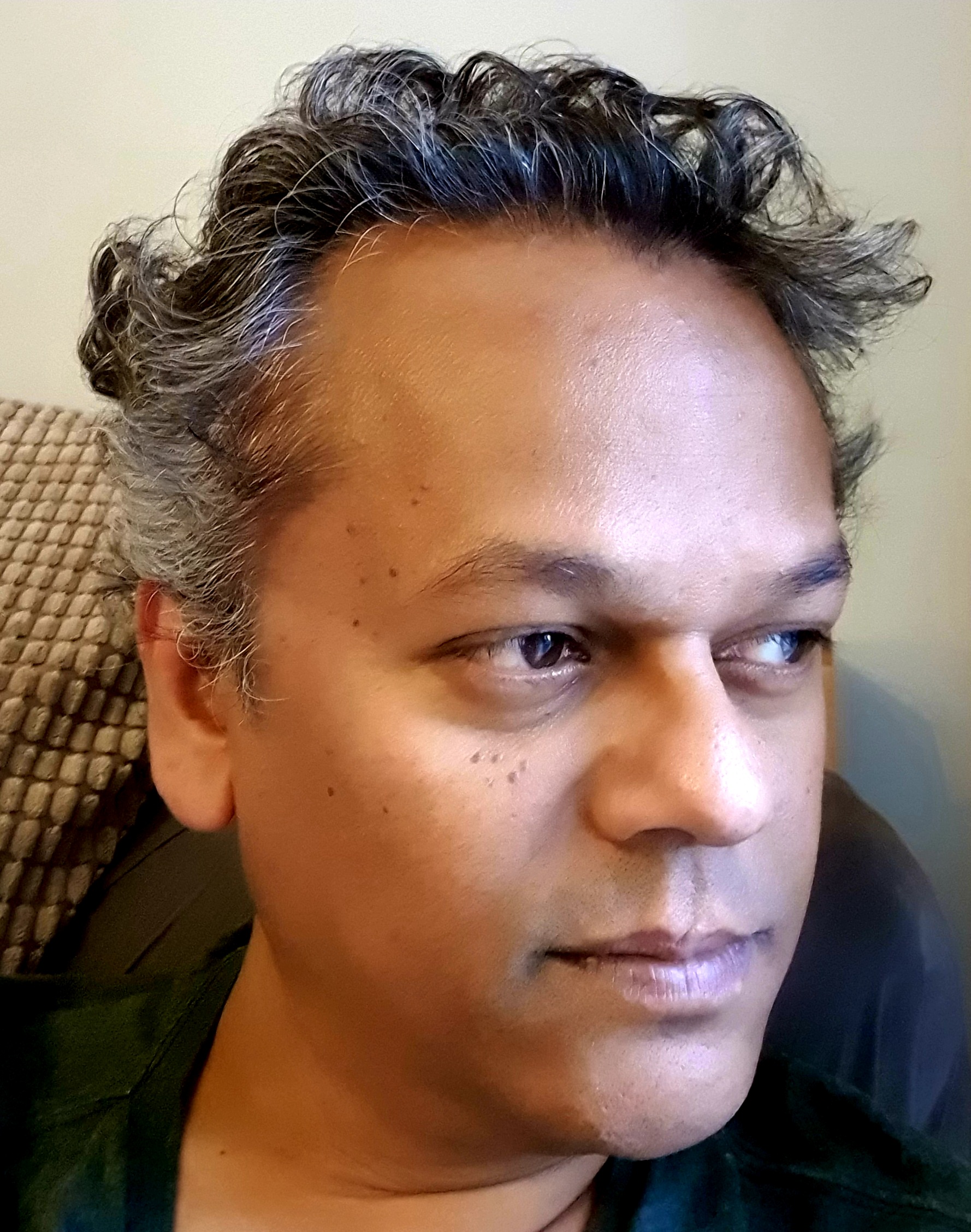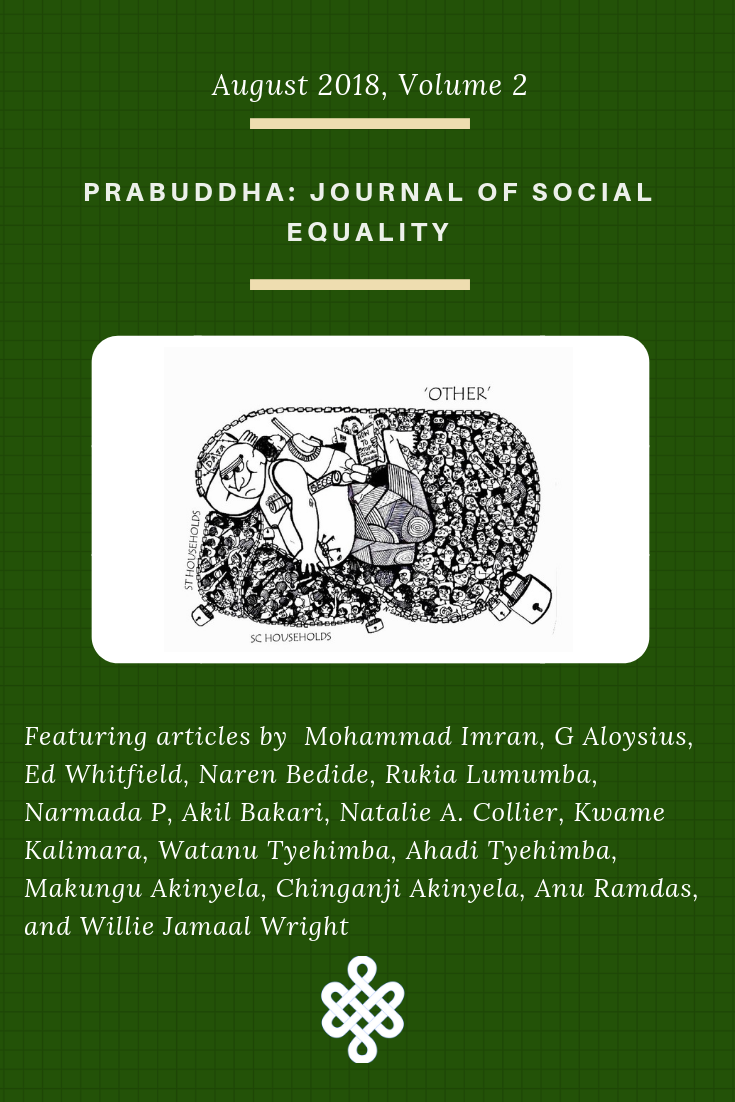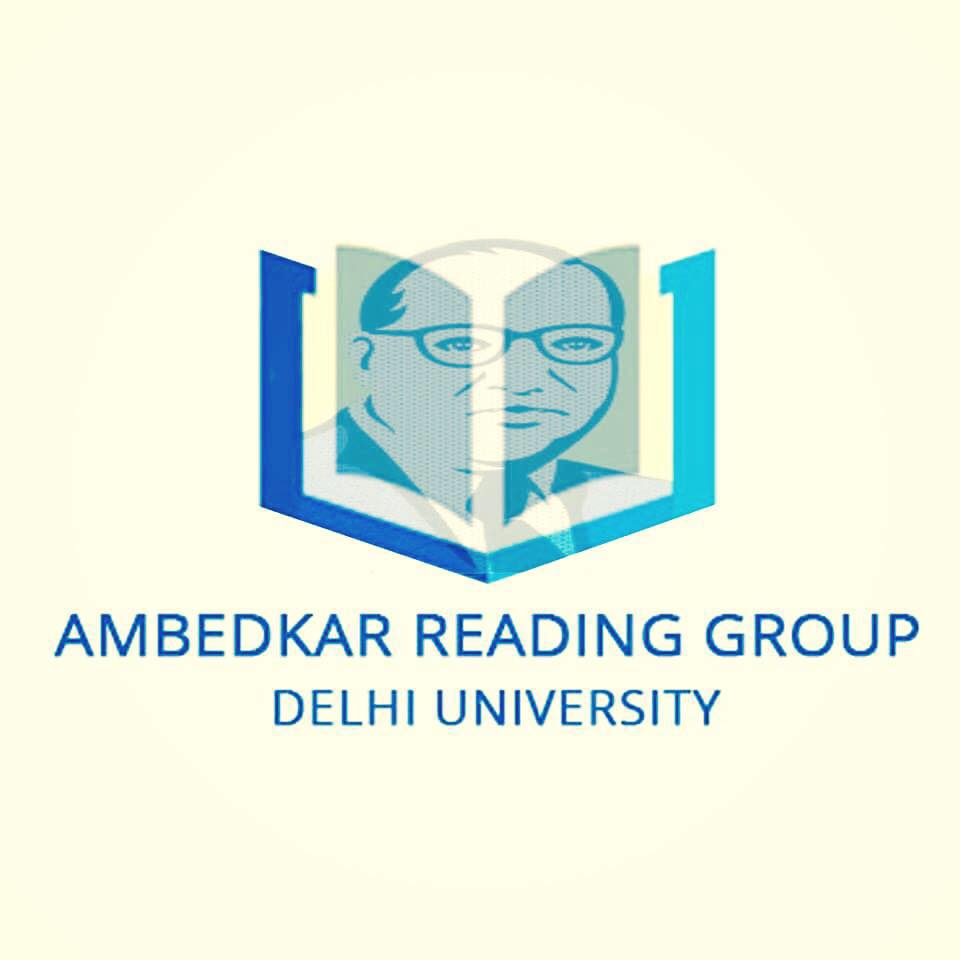Dr. Murali Shanmugavelan
 Ensure that “Dalit” appears as a prefix whenever the victim is mentioned. The phrase “Dalit victim” helps your readers understand the difference between Dalits and humans. If your text is about (Dalit) rape, murder, or other gruesome violence, make sure you include the name and picture of the already-traumatised person in the situation. Ghastly intrusive personal details can touch your readers’ conscience. Do trend the sufferer’s name become a hashtag. It can help in harvesting digital hearts, re-tweets and improve visibility of your profile that is of course likely to amplify the trauma of the victim.
Ensure that “Dalit” appears as a prefix whenever the victim is mentioned. The phrase “Dalit victim” helps your readers understand the difference between Dalits and humans. If your text is about (Dalit) rape, murder, or other gruesome violence, make sure you include the name and picture of the already-traumatised person in the situation. Ghastly intrusive personal details can touch your readers’ conscience. Do trend the sufferer’s name become a hashtag. It can help in harvesting digital hearts, re-tweets and improve visibility of your profile that is of course likely to amplify the trauma of the victim.
Unlike the tragic events of Nirbhaya and other dominant caste victims, the world needs a raft of multimedia evidence of a deceased or tortured Dalit to wake up the middle-class conscience.
It is strategic to lump all dominant caste groups under the vague middle-class rubric. You don’t need to mention your privileged or dominant caste location and its positionality in perpetrating caste-violence in your text. You may leave those intricate details and burden for the “others” to explain. Should you really feel guilty about your caste location, you may mention Indian middle-class is often an upper caste group.
Don’t, however, lose the class analysis as it consolidates poor people from all caste groups. After all, the purpose of your text is to build consensus against violence, beyond caste differences.
This is the moment to seek justice and defend our nation’s pride.
It is not irrational to investigate sociological reasons behind these heinous crimes and rapes; and reasons do vary. They include but are not limited to poverty, unemployment, sexually deprived men, and more, and reasons for social violence are often caste agnostic. You may like to substantiate this crucial analysis by citing a recent act of crime or violence (or from distant history; it makes no difference) committed against a priest or a woman from a dominant caste. You remain caste-secular and are not divisive.
You may often write or refer to Dalit as a caste, a monolith. You may not be aware of the existence of Dalits outside Hindu religion. You need not fret about these nuances; it is not your fault. It may be very confusing to be familiar with various Dalit caste names. After all, you have stepped out of your caste world and started understanding these people in the savage land. This is not the time to scrutinise your understanding of complex manifestations of caste atrocities in the globalised neoliberal land that contribute to your meritorious privilege.
Make sure your impeccable text in English refers to high-sounding critical, post-colonial, post-structuralist, racial and queer theories. Do use your networks to publish your texts in mainstream media about its casteist cliques, structures and practices. As a dominant caste progressive, you show the world how to speak truth to power. After all, can the subaltern speak?
Make sure these columns carry no reference to the privilege of your own lived experiences that have come to define who you are now. Benign caste rituals and related practices in private spaces (family and friends) do not contribute to caste-violence: what matters most is your public support. Caste-private is real. Yet your personal continues to be political.
Caste or not, you may say, pain and suffering of all victims are real. “Let us, please focus on healing”. Ensure that your call for collective healing has an underlying nationalistic sentiment. Here it is useful to register Babasaheb Ambedkar’s role as the chairperson of the Indian Constitution Drafting Committee. However, there is no need to quibble over Ambedkar’s “Gandhiji, I have no homeland”.
The non-violence trope still has a universal appeal. Make sure you condemn this horrendous and heinous crime is a national shame. Do try end with the phrase such as “let that sink in”.
National shame requires collective outrage and responses. After all, “we are all part of it”. It allows you, with the power of caste and social capital and the number of followers in social media, to remain in the centre of the debate.
And a caveat. It is in your best interest, not to mention Periyaar E.V. Ramasamy’s work in your text. Periyaar is widely known to be the Brahmin-hater; any acknowledgement of this man’s writing might upset your friends and families. His god-rejecting rationalism and irreverent anti-religious approach may also worry Hindu-secular progressives. You are a religious secular; you may not reject divine agency. You are a “caste-progressive”.
Please know coinages like “Hindu-secular” and “caste-progressives” are useful to normalise everyday casteism. Do use them as often as possible to add credibility to your caste-awareness. Expressions like Bhakts, Sanghis, Hindutvawaadis and Hindu Right can shift the terms of debates from everyday casteism to (the contribution of) caste-based violent atrocities.
Do try interchangeably use the term caste and community. Such conflation may make caste more organic. Brahmin or Thakur community sounds more docile and harmonious than a dominant priestly caste group.
Make sure your text focuses on the Dalit victim. Concentrating on perpetrators can be a distraction. You are committed to remaining sensitive not to stoke anger or incite unnecessary violence. So, you do not need to speculate on the caste location of perpetrators in your text. Such irresponsible actions, you may caution in your text, can be divisive to the nation’s harmony.
Your text reminds your readers that it is our collective responsibility to fight against national shame. Guarding the honour of Bharat Mata is most important. There is no need to get personal or emotional about this tragic event. I know it is hard, you say, but this is our fight. There is no need to politicise every tragic event.
You may also be meticulously articulate, with statistical evidence and references from scholarly articles of your caste-peers, that non-Brahmin dominant castes are the sole anti-Dalit violent agents. You need not get into awkward, complicated and messy details of graded inequalities and the larger hegemonic caste structures in the present world that continue to shape hierarchies through merit, culture and capital.
Indian, Hindu, Vedic and Brahmin literature, culture, art and music, on the other hand, must be treated as well rounded, complex, metaphysical, cultural and spiritual practices. Raging images of Kaali, Shiva can be converted into gifs and memes to express your anger and solidarity. Such subversions can often be cool to garner multicultural support from those living in western metropolises.
If you are a journalist, a typical opening question can be, “What does ‘being a Dalit’ mean to you?”
A final warning: the guidelines mentioned above do not apply when a Dalit or an oppressed caste person ceases to be a victim and exercises agency.
Inspired by Binyawanga’s How to write about Africa, and based on an informal digital ethnography exercise after reviewing texts, memes, hashtags, conversations that appeared, in the last few weeks, on my timeline and from media reports.
~~~
Dr. Murali Shanmugavelan’s research is concerned with caste, communicative practices and digital cultures in everyday life. His current research interests are about the re-manifestation of social hierarchies such as caste, race and gender groups in digital cultures such as hate speech, big data and platform economies.










